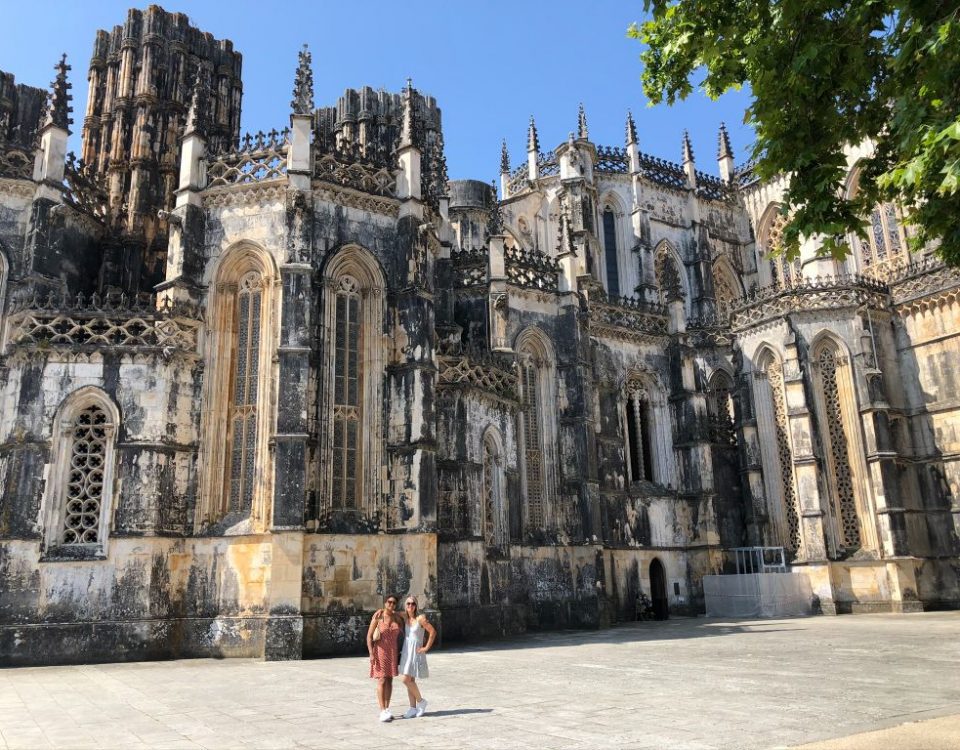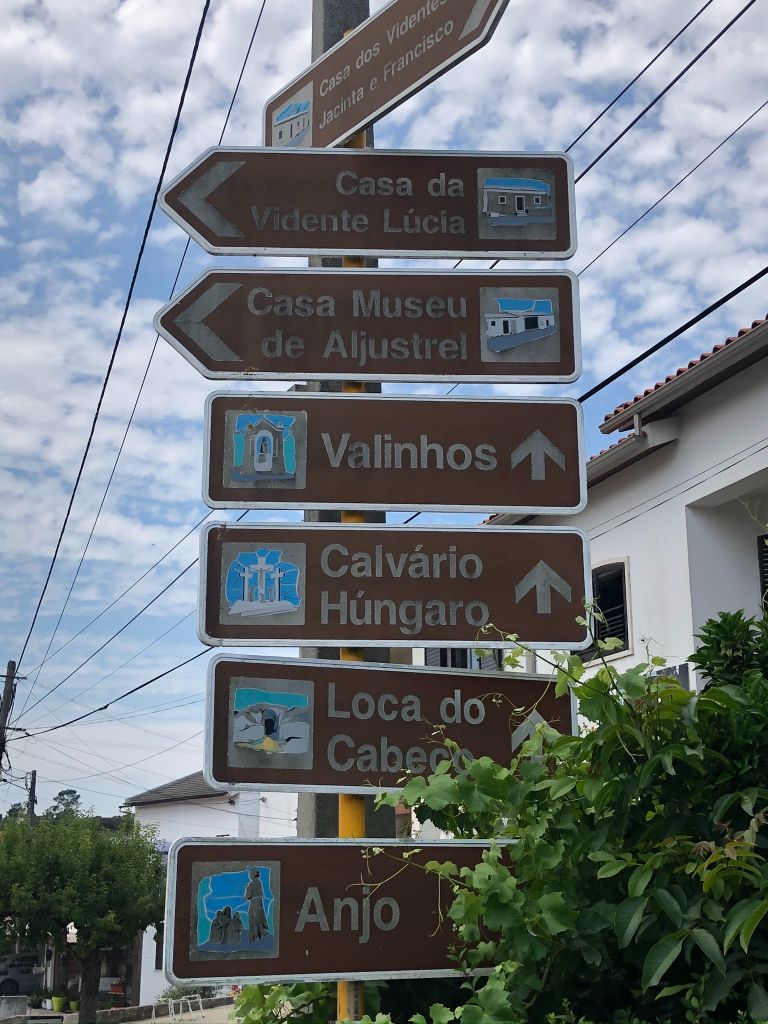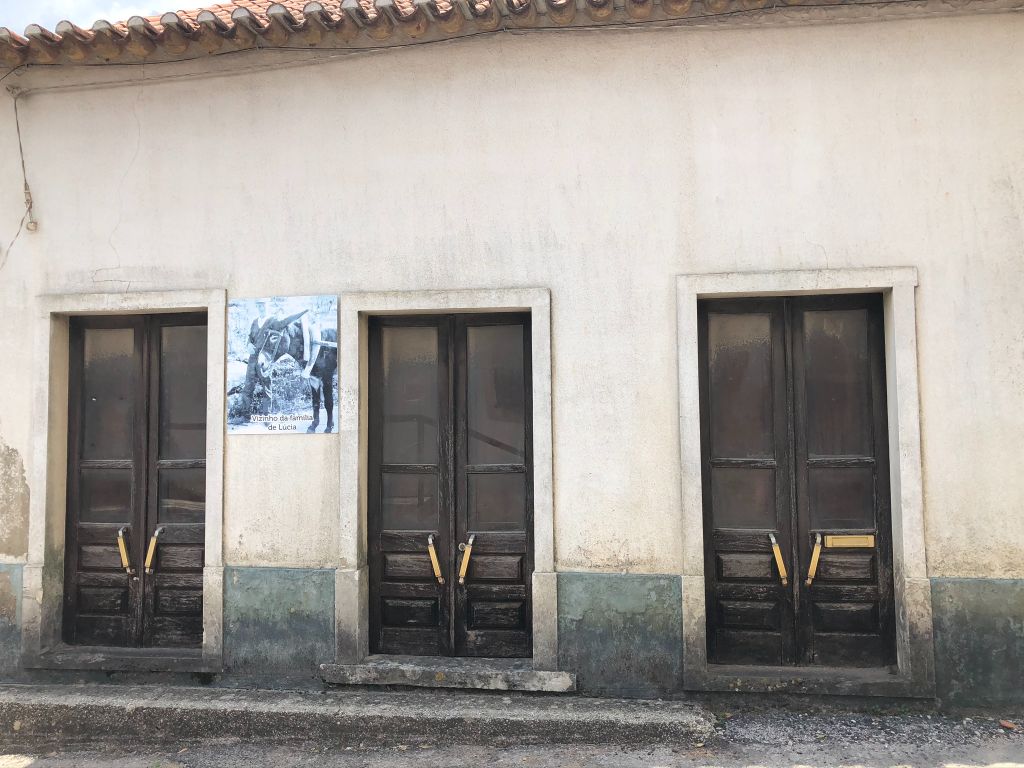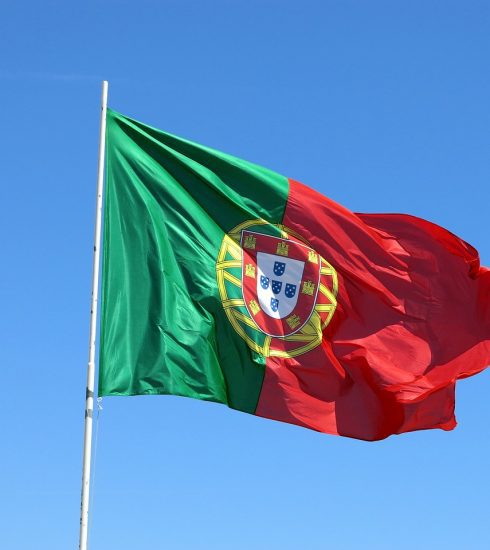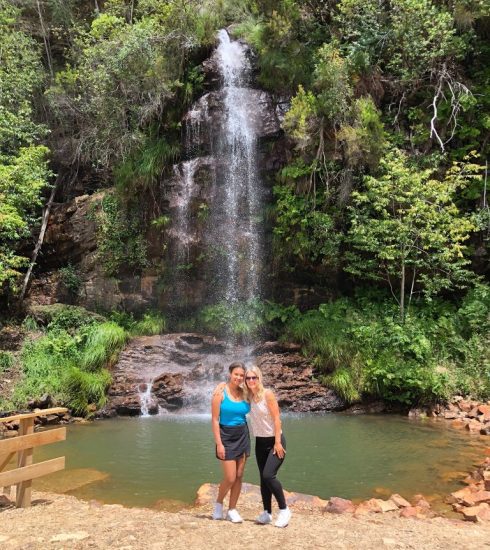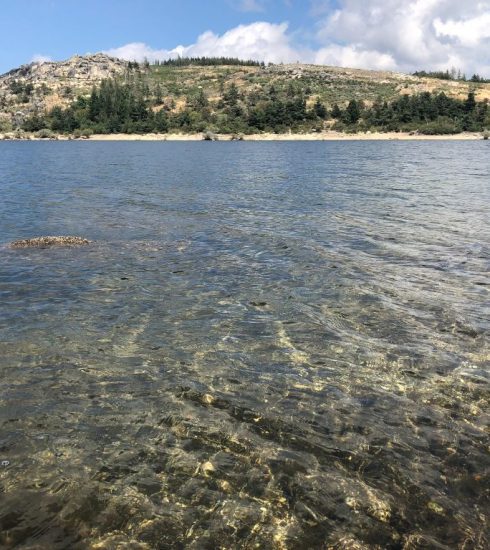A DAY TRIP TO MOSTEIRO DA BATALHA & FÁTIMA
I have a fascination with monasteries and was very excited to visit the Batalha Monastery. Both the Mosteiro da Batalha and the Mosteiro dos Jerónimos have been on my Portugal bucket list for a while now so I am very pleased that I have eventually got to visit them both. I was blown away by the pure size and scale of the monastery and it’s Gothic and Manueline architecture is so very beautiful. I am not surprised at all that this monastery is placed on UNESCO’s World Heritage list. The monastery’s official name is the Monastery of Saint Mary of the Victory (Mosteiro de Santa Maria da Vitória) but it is also known as the Temple of the Homeland. It was built in the 14th century and it was commissioned by King João I to celebrate victory in the battle of Aljubarrota (1385). It took over 100 years to construct! The monastery houses the tombs of King João I, his wife and four sons as well as the unknown soldier. Afonso Domingues was the master architect who was responsible for the original design of the monastery. In 1402 Master Huguet took over the construction. At that time only parts of the church, transept and chapter house had been finished. Huguet would continue the construction of this immense building until his death in 1438. Under his direction the church, the cloisters and the chapter house were completed. He was later succeeded by the Portuguese architects Martin Vasquez and Fernão de Évora.
I had so much fun wandering around the chapels, gazing up at all the glory, especially the Pantheon (also known as Capelas Imperfeitas), chapel, cloisters, intricately carved pillars, high vaulted decorative ceilings, arches and statues (I particularly fell in love with the angels and the incredible detail). The gigantic doors made me feel like I had swallowed a magic pill to shrink my body and morphed into an Alice in Wonderland book, so very beautiful and surreal. I also adore the lattice design on the cloisters which creates a shadow and silhouette effect. The Sala do Capitulo is the location of a memorial to the unknown soldier and has a permanent guard of honour. I am an absolute idiot as I thought these were wax statues of soldiers and I may have inappropriately made a daft comment. I’m amazed that the two soldiers did not bat an eyelid at my stupidity! I blame my eyesight as I am well overdue for an optician’s check up for my contact lenses. My comment wasn’t offensive and didn’t disrespect soldiers in any way as I have full respect for those who fight for their country. Hubby and Teanna won’t ever let me forget this moment, I’m sure of that. There is a beautiful stained glass single window in this chamber, a stunning example of Renaissance stained glass and depicts the passion of Christ. I have such a love of stained glass windows so I was in my element. The sun was shining just enough to create a gorgeous effect of glistening colourful light shimmering around the room. I looked up so much I got neck ache and felt rather dizzy. I was intrigued by the fountain where the monks would symbolically wash their hands before they ate their meal in the refectory. I loved visiting this monastery which in 2007 was elected as one of the 7 Wonders of Portugal. I have made some of the photos at the end of the gallery quite large to try and share with you the absolute pure beauty and fine detail in the carvings and stained glass effect. After viewing this splendid monastery we took a short drive onto Fátima. I must highlight the fantastic entrance price of €6 for an individual adult ticket. Students get 50% off. This is such a bargain and I am always amazed at how low the entrance prices are here in Portugal for major tourist attractions.
The Story of Fátima
The story of the famous miracle in Fátima is very captivating. In 1917 on the way home from tending to a flock of sheep three local shepherd children (Lúcia, Francisco and Jacinta) reported that they’d encountered a vision of the Virgin Mary, now referred to as ‘Our Lady of Fátima‘ in the Catholic faith. They were asked to return to the same spot on the same day (the 13th) for five months during which she told them three secrets or ‘prophecies’, the final one was sealed in an envelope and kept a secret by the Vatican until the year 2000. On the final month (13th October) the ‘Miracle of the Sun‘ occurred in front of thousands of pilgrims whose stories tell of storm clouds breaking, the sun dancing around the heavens in the sky, colours spinning out of the sun in a psychedelic crazy pattern.
The 3 Secrets
- A vision of Hell.
- Prediction of the end of WWI and a prediction of the beginning of WWII as well as a request to consecrate Russia to the Immaculate Heart of Mary.
- A vision of a Pope being killed.
Fátima is known to many as the Altar of the World. The Cruz Alta is absolutely huge. I stood underneath so you can see it’s height and magnificence. Can you see me? (ha ha).
I was very excited to venture on a self guided walking tour and to view the famous Sanctuary of Fátima, a place of Catholic pilgrimage. Today thousands of pilgrims follow one of the many caminho paths to visit the Sanctuary of Fátima to walk on their knees towards the Basilica of Our Lady of the Rosary where Francisco and Jacinta are now buried. We saw a lady do this when we visited and it was very emotional to watch. You can visit anytime of the year, be aware that the busiest times are May to October. May 13th is the most important day of pilgrimage to the Shrine of Our Lady. There is a large torch light procession on the 12th and 13th evening of every month from May to September which would be splendid to view and participate in. Even if you are not religious I would still recommend a day trip to Fátima. It is such a peaceful and fascinating place to visit and the architecture is fantastic – the grand square, tall bell tower, curved staircase and huge cruz alta are truly spectacular. I just stood in the square soaking up all the atmosphere and beauty. I was surprised to see it so empty with only a few people when we visited in June. There was a service (mass) taking place which was so interesting to watch and listen to. I know it is a lifetime ambition for many catholics to visit Fátima and I can now see why. It really is such a surreal and spiritual place and I haven’t visited anything like it in my entire life. Such history, Portuguese culture and religion in one epic day trip. We walked past a lovely cafe called “Heleno” so we obviously had to make a pit stop for drinks and ice cream as it was a boiling hot day.
The three shepherd children lived in the tiny village of Aljustrel, a short 2km distance from the Sanctuary of Fátima. We took the short drive there to view the houses. It was such an incredible experience viewing the two tiny houses and seeing their humble home life. Francisco and Jacinta’s house is incredibly tiny and it is hard to imagine that Francisco and Jacinta shared it with their parents and three siblings. Eight people used to live in Lucia´s tiny house! In 1919 Francisco died during the flu epidemic then Jacinta died shortly after in 1920. Lúcia de Jesus dos Santos was the cousin of the Marto siblings and survived the flu epidemic to become a nun and live to the age of 97, dying in 2005. Like the home of her relatives, Lúcia’s house was equally fascinating to view. I always wonder when I view such historic homes if the furniture and artefacts are original but apparently they are, which is amazing. We enjoyed meeting the friendly sheep outside. The houses are small so did not take much time to view. Luckily we were the only ones there apart from the member of staff manning the houses. Unfortunately we didn’t have time to view The Valinhos Sanctuary or the 14 stations in memory of the Passion of Jesus and there is also a 15th station that evokes the Resurrection. I would have loved to walk the Via Sacra footpath in Valinhos which is the path that Lúcia, Jacinto and Francisco took from Aljustrel to Cova da Iria. We also planned to visit the Wax Work Museum but unfortunately it was lunchtime and closed. It was strange to see all the tacky tourist shops around the two historic houses selling many different souvenirs. I resisted the urge to buy a T.Shirt with the pope’s face on it!
I love to plan and organise our trip itineraries and make the most out of our time. I decided to choose a few of the main tourist attractions in Fátima as I also planned to then travel onto the nearby Parque Natural das Serras de Aire e Candeeiros to explore the wonders it has to offer. This is quite a lot to pack into one day especially with viewing the nearby monastery in the morning but we managed it fine and I will write a separate post about the Natural Park. Other nearby places of interest are Mira de Aire caves, Ourém and Nazaré is also not too far.
Itinerary:
- Museu de Cera (Wax work museum) Closed due to lunch time
- Santuário de Fátima also known as Sanctuary of Our Lady of Fátima (Santuário de Nossa Senhora de Fátima)
- Basílica de Nossa Senhora do Rosário
- Capela das Aparições
- Basílica da Santíssima Trindade
- Cruz Alta
- Casa Jacinta e Francisco Marto
- Casa de Lúcia
- Valinhos Sanctuary

